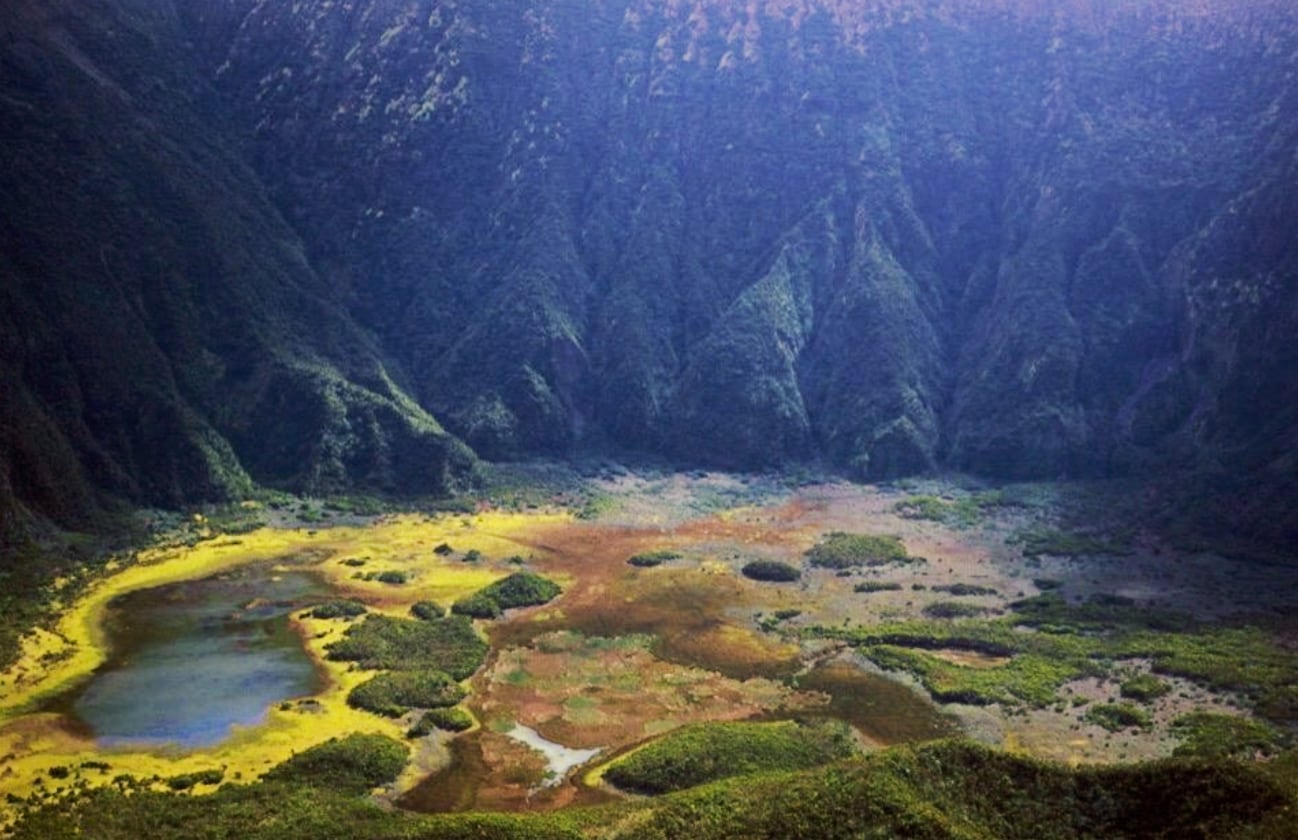The island of Faial has an extensive network of well-marked hiking trails and paths for every kind of hiking enthusiast, from unexperienced to ultra-fit. The nature and landscapes are nothing short of spectacular as you climb dormant volcanoes, explore hidden parts of the island impossible to see from the main roads, enjoying the breathtaking views over the Atlantic Ocean and the quietness of the rural hilly countryside.
The 10 best hiking trails in Faial
1 FAIAL DA COSTA A COSTA
This is the longest trail in Faial, being 35 km one way, and subsequently 70 km if you want to go back to the starting point either in Boca da Ribeira or Capelinhos Volcano on the other side.
Very demanding, not for beginners, the trail crosses Faial from side to side (east/west) crossing many volcanoes, forest and rural areas. The elevation gain is about 1500m , twice if you do out and back.
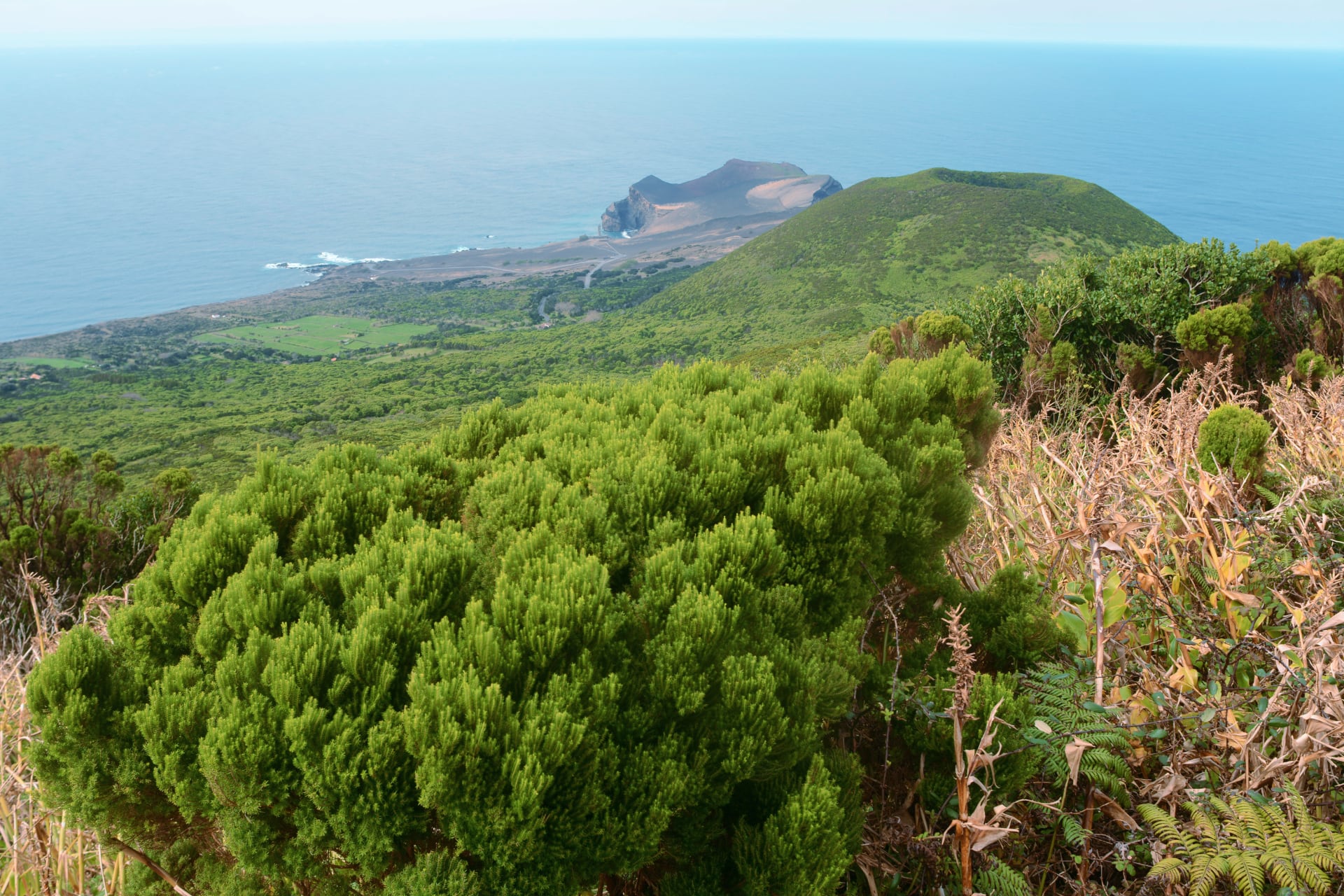
2 ROCHA DA FAJA
Easy 5 km circular trail starting and ending in Praia do Norte parish going down to Faja Beach through lush forests of faya trees (Myrica faia), Japanese cedars (Cryptomeria japonica) and bushes of Erica Azorica. Elevation gain is about 300m total.
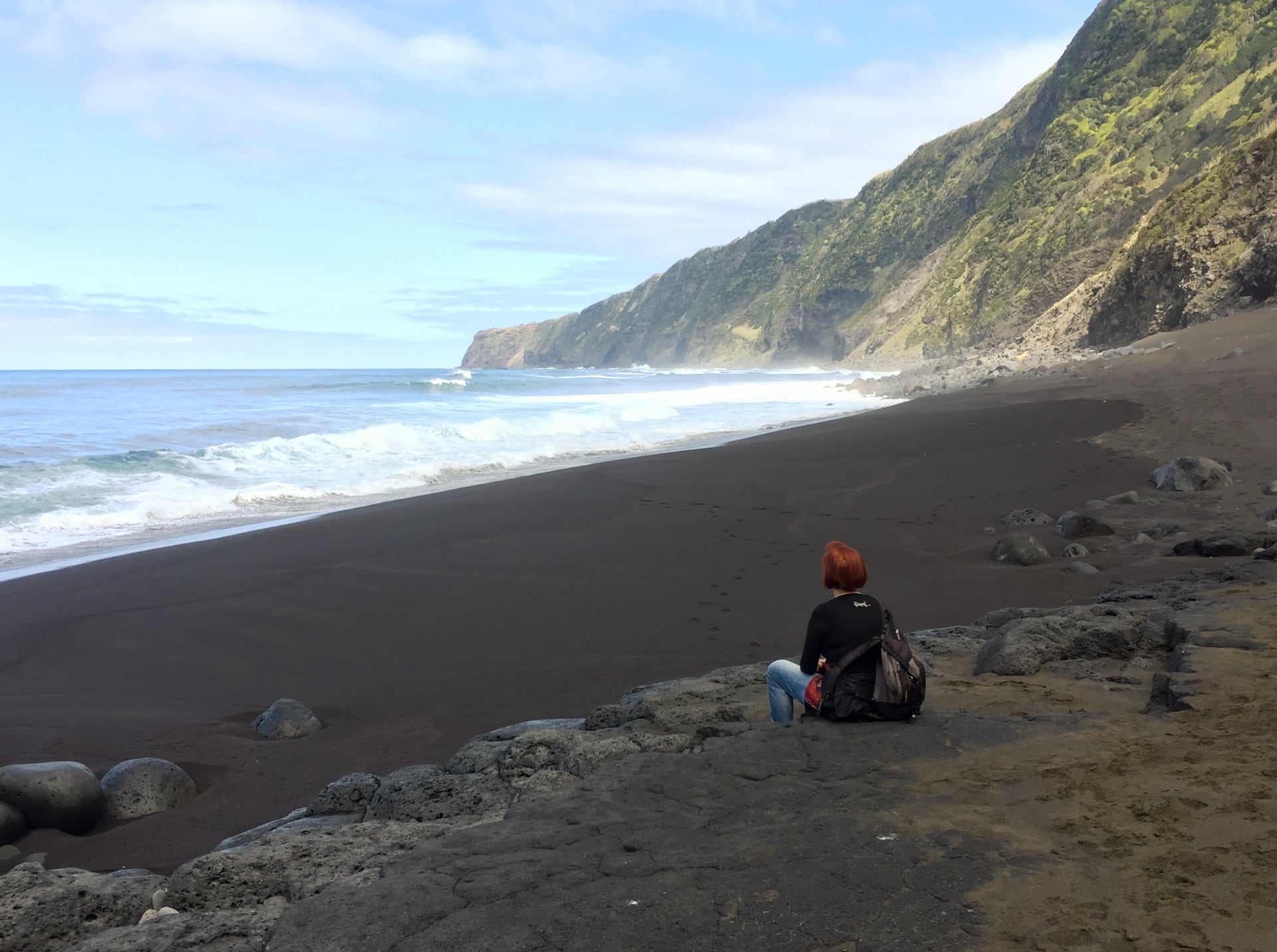
3 RIBEIRINHA
Another circular trail starting and ending in Riberinha (Boca da Ribeira) a bit steep at steep at the beginning, crossing a variety of landscape and offering staggering views over the canal between Pico and Faial. Moderately difficult, 10 km long with an elevation gain of 510m.
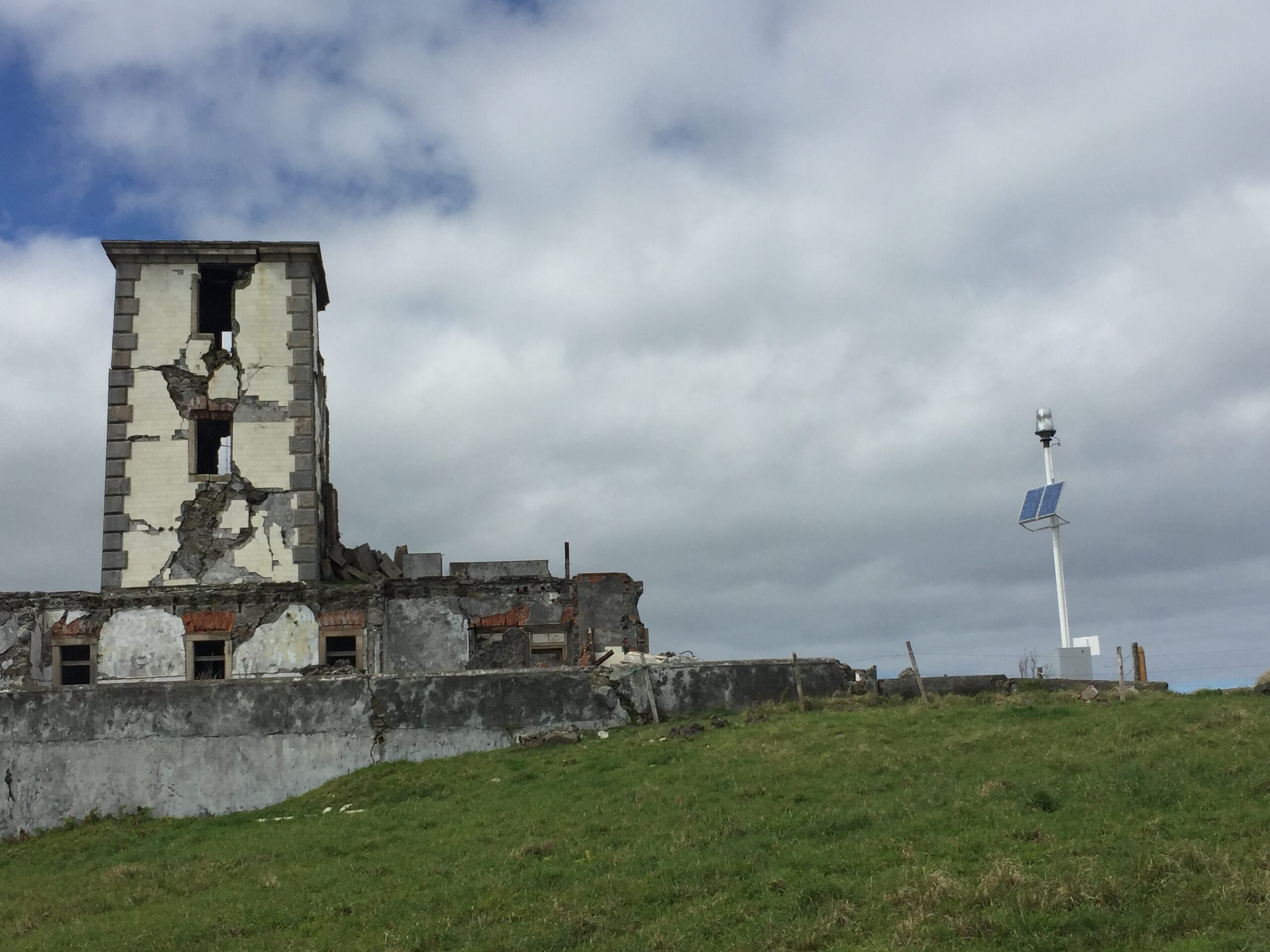
4 LEVADA TO CABEÇO DOS TRINTA
One of the most interesting trail in Faial, moderately easy and rewarding, this hike offers wild landscapes and lush forests of many species of trees (Laurus azorica, Frangula azorica, Holly (Ilex azorica) and Vaccinium cylindraceum) among others. You can actually get into the Cabeço dos Trinta crater through a tunnel dug into the rock.
After this interesting detour, you go back to the beginning of the trail and proceed along the water channel (built in the ’60s). The trail is 14,8km long with 678m of elevation gain so if you don’t want to do it both ways you will need 2 cars and leave one at either one end or the other and than start the trails from the other side, and then go collect the other car. Easier to do than to explain actually 🙂
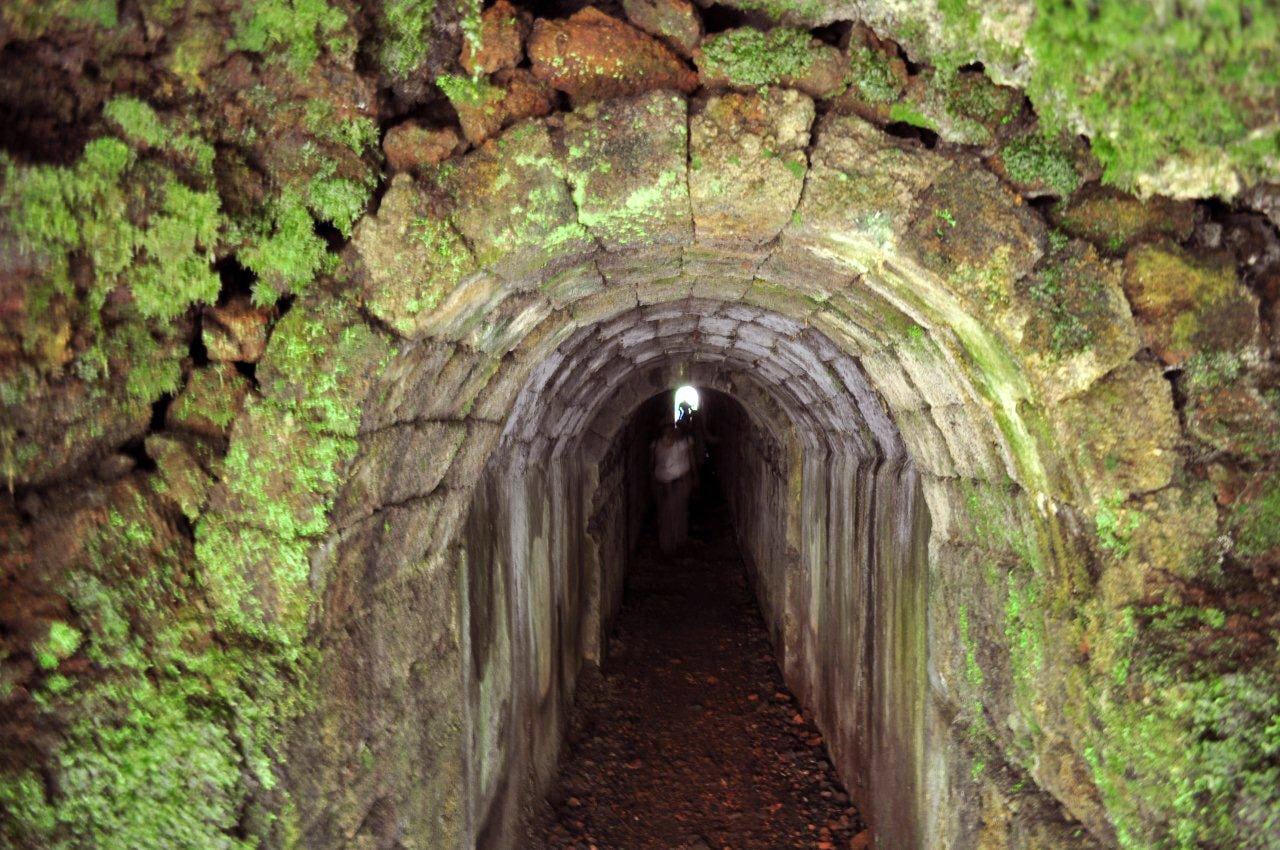
5 RUMO AO MORRO DE CASTELO BRANCO
Easy 3,7km circular walk from the top of Lombega hill in Castelo Branco parish (near Bico Doce pastry shop) to the rock formation of Morro de Castelo Branco. Really scenic route, perfect for everyone, also beginners.
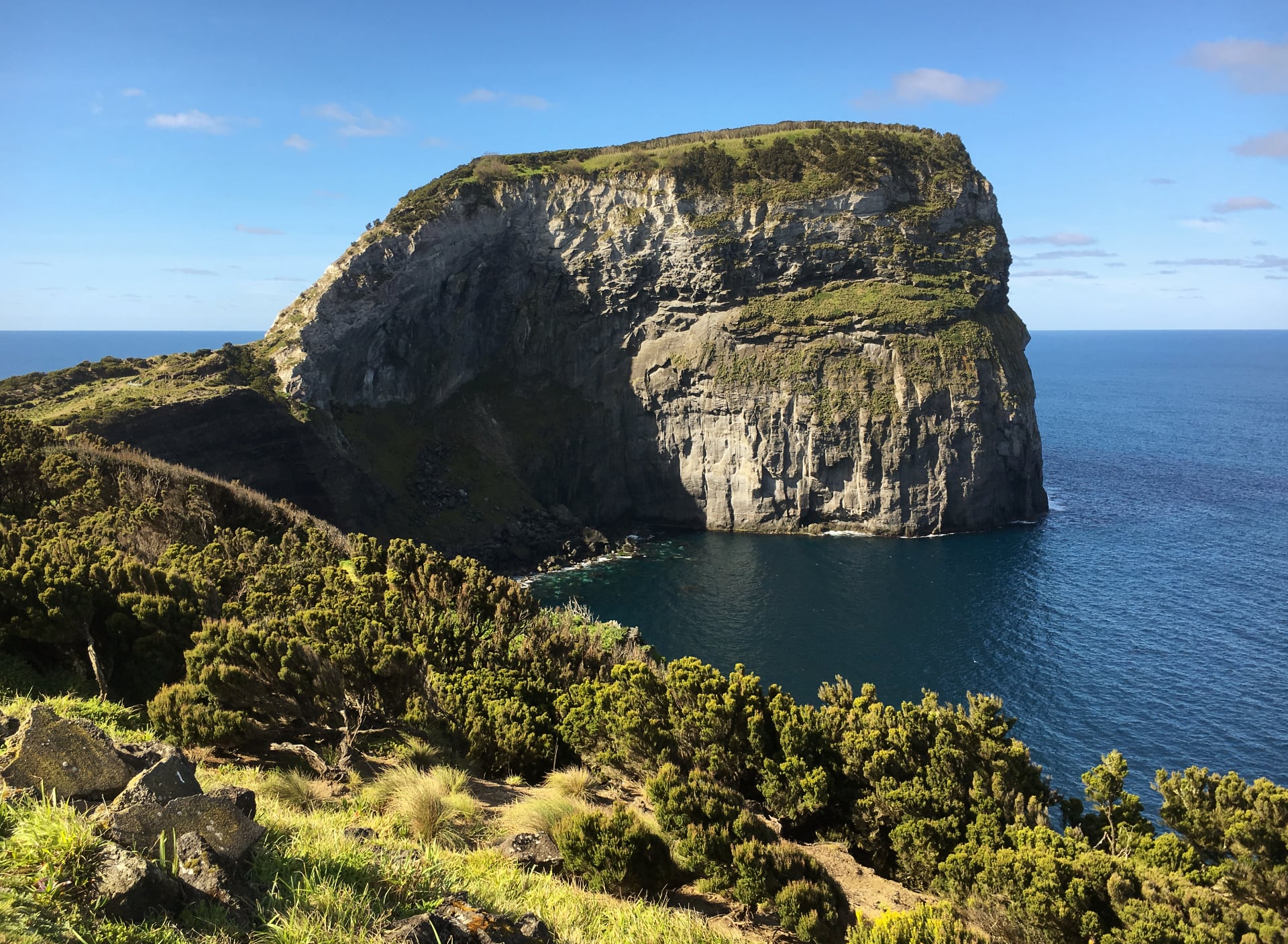
6 TRILHO CAPELO CAPELINHOS
Another easy to moderate trail of 4,7 km that follows the final part of the Faial Costa a Costa hike. From Cabeço Verde parking on top of the Volcano follow the well marked path that goes around the little caldera than leads to the other two dormant volcanoes in the area. This is an out & back route, elevation gain is approx 310m.
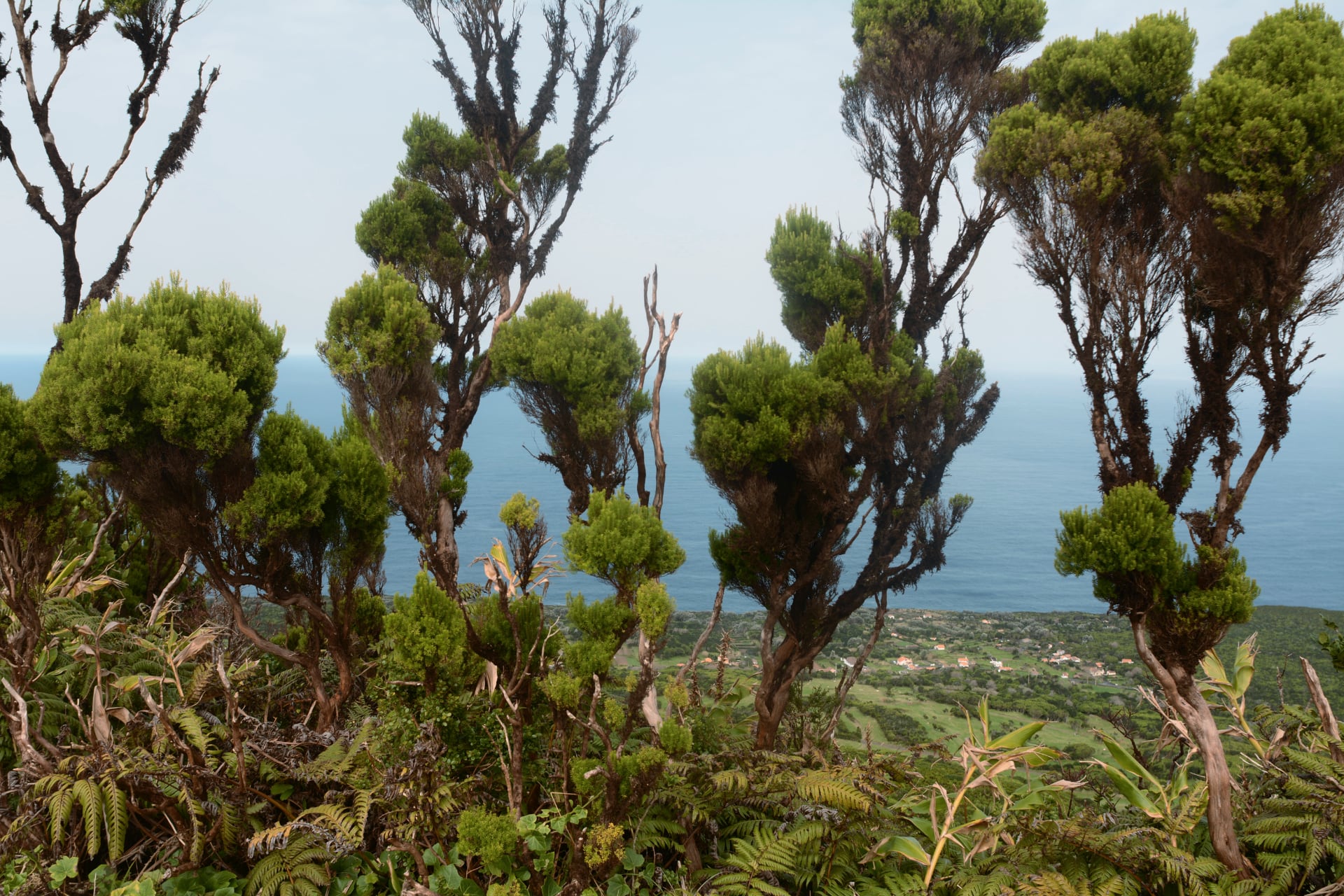
7 MIRADOURO DA BRAÇA
This is another easy walk along the south-west coast of Faial. It’s a circular route starting and ending at the parking in front of the Church in Capelo. it is about 10km total with an elevation gain of roughly 300m. The lower part closer to the sea offers spectacular views of the Ocean and the Capelinhos Volcano from a different point of view of those who reach it from the main roads. Worth the effort indeed.
8 CALDEIRA
The trail goes all around the big Caldeira of Cabeço Gordo, the biggest and highest Volcano peak in Faial (1000m ca.) with 350m of elevation gain. It starts and end from the parking lot and it is a moderately easy walk of about 8km, offering on a clear day unparalleled views over the whole island and of Pico, São Jorge and Graciosa as well. Watch out as there are a few passages a bit exposed on the track. Nothing difficult really, but with the breathtaking views around you it’s easy to trip on rocks.
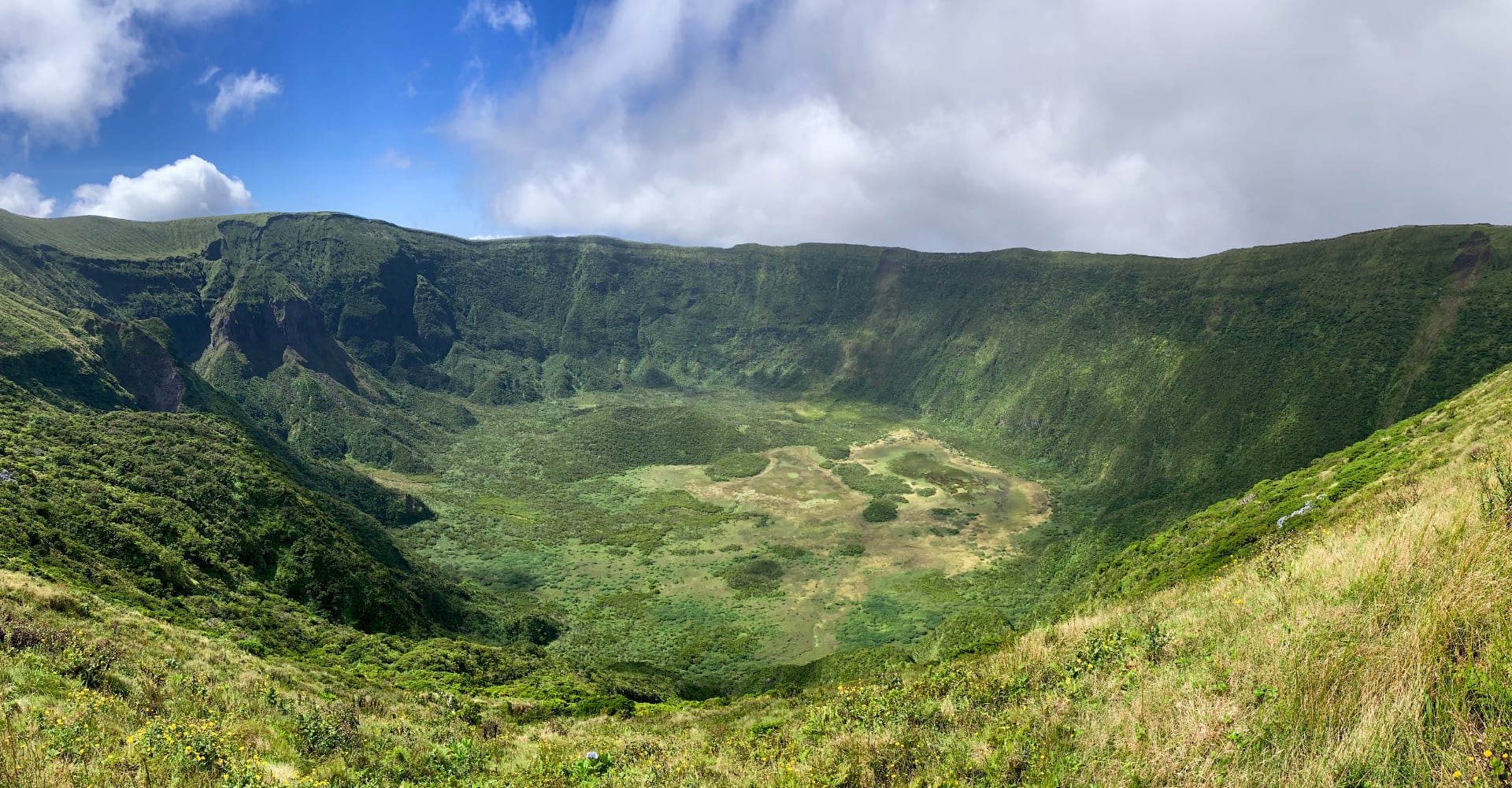
9 CABECO DO CANTO
Another hike similar to number 6 on this list, a little more demanding in terms of elevation gain (460m) and lenght (9km).
10 DESCIDA DA CALDEIRA DO FAIAL
From the ridge of the Caldeira near the parking lot, this trail leads to the very bottom of the Volcano. Steep and short (3km) it can only be done with a licensed guide for nature preservation reasons. The bottom of the Caldeira will give you an idea of what could the earth look in prehistoric times (minus the dinosaurs luckily).
